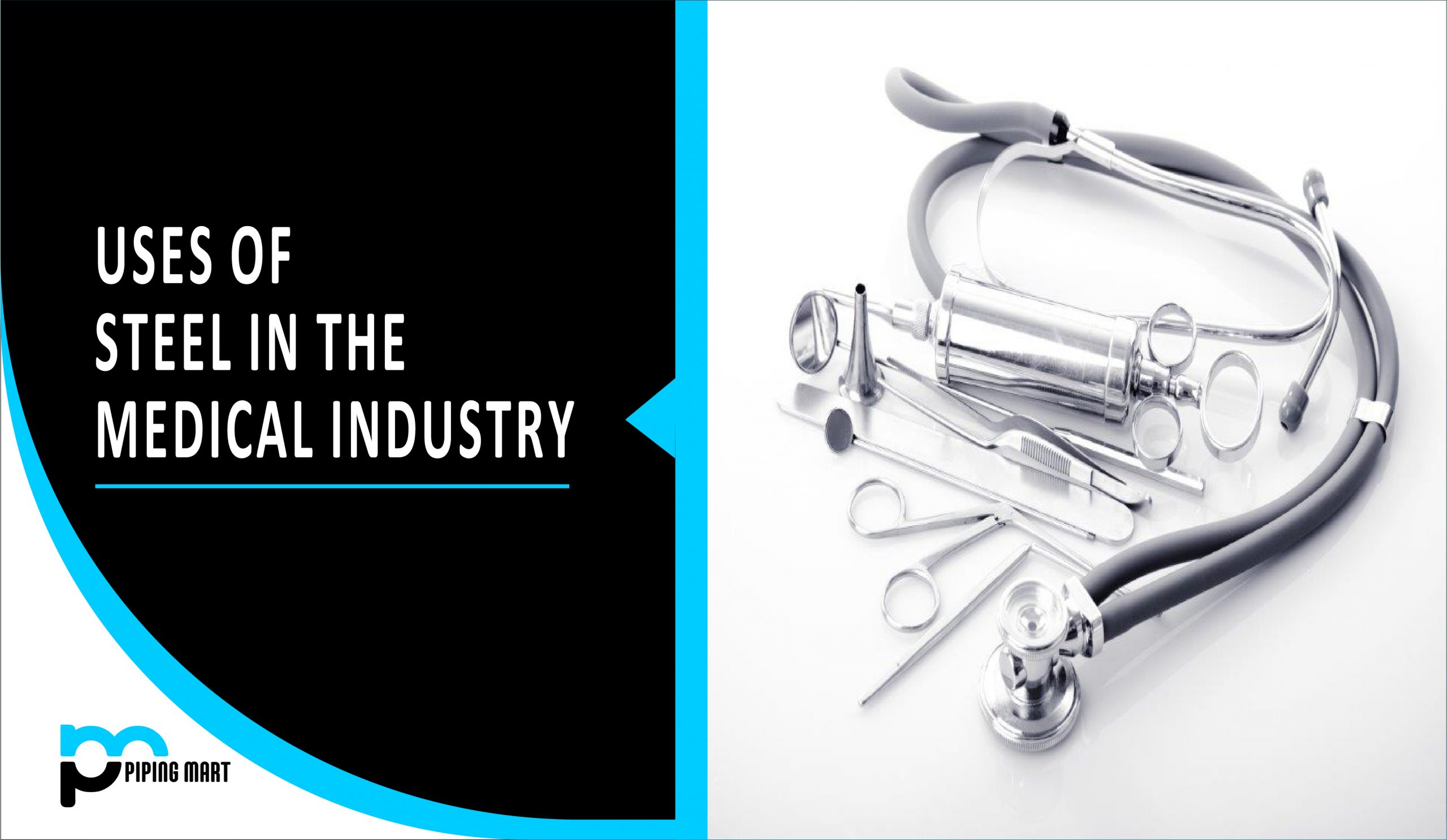CNC is the digital name for production; it uses a subtraction mechanism to bend and manufacture materials. It can handle a variety of materials; from soft materials to wear-resistant steel, everything is possible. CNC plays an important role in the development of production technology.
What is CNC Machining?
Computer Numerical Control(CNC), A kind of machine instinctive fabricating task. It takes instruction through codes, the code inputted by a machinist. These codes are known as G codes and M codes. When it comes to traditional terms, CNC machines can do things like milling, grinding, routing, drilling, and so on. There are different types of CNC machines. Each type handles each kind of work.
Besides traditional use of CNC, it is used to automate different types of fabrication, which includes;
- Laser cutting.
- Laser cutting.
- Plasma cutting.
- Milling.
- Routing.
- Flame cutting.
- Waterjet cutting.
CNC Machining Uses
CNC machining has revolutionized the metalworking industry by offering an impressive range of possibilities in both design and functionality. The field of metal fabrication has been transformed with the use of Computer Numerical Control or CNC machines, as they provide unparalleled accuracy and repeatability. CNC machining has become an essential part of many industries and is used in a wide variety of applications such as aerospace, automotive, medical, and electronics. CNC machining has made it possible to create complex, intricate shapes and parts with incredible precision, all while improving productivity and reducing costs. This technology allows manufacturers to push the boundaries of what is possible with metal fabrication and has made it easier to create parts with a more uniform and consistent quality. CNC machining for metal has become a game-changer, providing businesses and engineers with advanced manufacturing capabilities and an edge over their competition.
How does CNC machine works?
CNC machines are instinctive computerized machines. It doesn’t take instruction from humans directly. You need to insert them with information through the computer. It takes instruction in the form of digital codes and files. A description in the form of codes and digital files is required. Physical tools can be provided, but if the computer cannot recognize the physical tools, there is no benefit. It is for this reason that machinists store digital instrument files in the digital machine library. Help the machine to easily identify the tool.
To produce a particular design, you must provide instructions to the machines. You can design instructions on CAD software. After that, you can use CAM software to preparing the design. Then the CAM software converts the 3D model into CNC language for training.
After preparing the manufacturing instructions, you can set the parameters and dimensions of the part. This command includes voltage, speed, cutting speed, fan speed, etc. The last step is called nesting, which is used to locate and position the workpiece. The manufacturing process ends with the alignment and placement of the workpieces.
Advantages of CNC Machining
The main advantages of using CNC machining are accuracy through automation (no room for error with a computerized system), repeatability (a part produced repeatedly will remain consistent in size), efficiency (due to the use of modern materials like tool steels) , increased speed (parts can be produced at much faster rates compared to traditional processes such as manual milling or lathing)and lower costs over time due to reduced labor costs associated with automation . On top of this, CNC machining also offers versatility when it comes down making complex parts that could not be produced manually by human workers – these parts often require intricate details or subtle forms which only automated machines can produce accurately.
Capability-
CNC machines, it is enormous. CNC machine tools have many tools, each of which is dedicated to its task. Therefore the capacity is unlimited.
Three-axis CNC machine tools have 3 linear axes. It can meet the most basic needs. On the other hand, a five-axis CNC machine tool can turn the head; you can even change the machine tool.
The productivity of 5-axis CNC machine tools has increased significantly, and they have also become expensive. Use this type of machine when precision and speed are required. On the other hand, the prototype industry continues to use the handheld because it is cheap.
In the case where accuracy is prioritized and errors are unacceptable, CNC machines are required. Let’s take a look into some industry that uses CNC machines;
- Defense.
- Electronics.
- Semiconductor.
- Aeronautics.
- Robotics.
- RMG.
- Automobile manufacturing.
From a personal point of view, it may become expensive, but from an industrial point of view, CNC machine tools are affordable. The best is speed. Compared with the manual process, a large number of products can be produced in a short time. This is why CNC positions itself in the manufacturing industry. Because of this, CNC is positioned in the manufacturing industry.

Pipingmart is B2B portal specializes in industrial, metal and piping products. Also, share latest information and news related to products, materials and different types grades to help business dealing in this industry.




